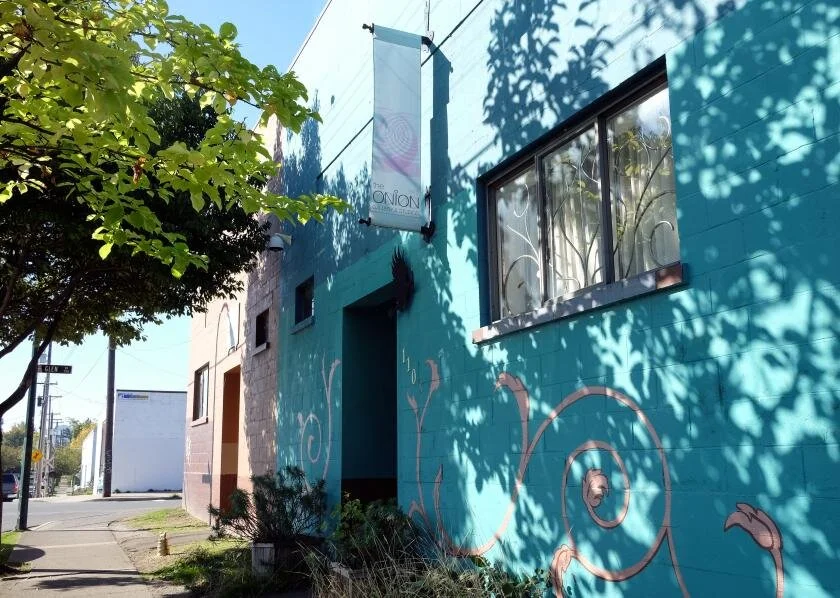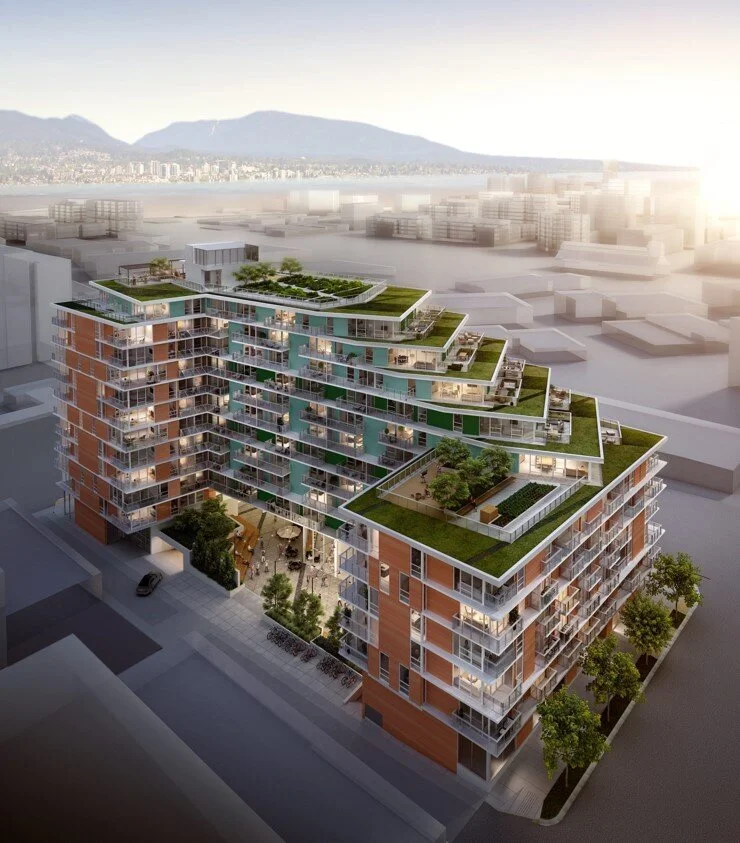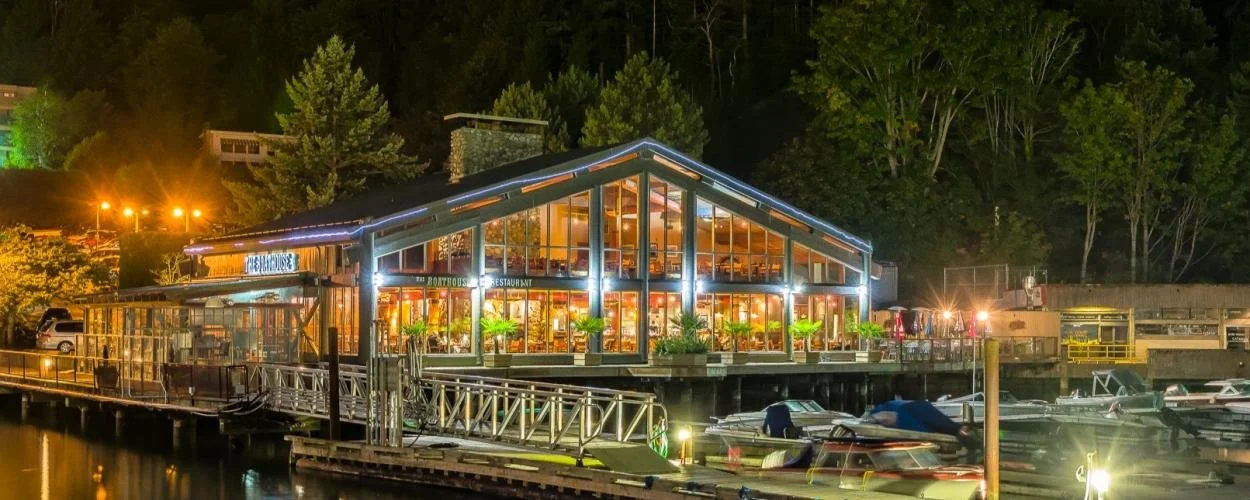City hall opens door to new work-only artist studios in first step to addressing shortage
Restrictions that hampered new spaces in industrial areas are now lifting
The Glass Onion Studios building, one of the founding sites of the Eastside Culture Crawl, was affected by city restrictions after it closed to make way for development. Photo by Glass Onion
Parker Street Studios still operates in a ‘hood that’s seen the loss of 400,000 square feet of space over a decade. Photo courtesy Eastside Culture Crawl
VANCOUVER CITY HALL has taken its first step to trying to address an artist-studio shortage—one that’s seen a 10-year loss of 400,000 square feet of space in the Eastside Culture Crawl district alone.
Late last week, city council voted unanimously to remove restrictions to creating new work-only studios in Vancouver’s industrial areas.
Until now, artist studios could only account for 10 percent of existing floor area in industrial buildings, and new work-only artist studios were not allowed to go into any new buildings in industrial zones.
Cultural planning staff pointed to the now-empty Glass Onion Studios as an example. One of the founding spots on the Eastside Culture Crawl and home to 30 artists—photographers, jewellers, painters, sculptors, prop designers—it shut its doors in 2019, with no hope their spaces could go into a new building on the same property. “At that time there was an inability to replace the existing studio spaces because new studios weren’t permitted,” Kristen Lambertson, planner at City of Vancouver Cultural Services, told council.
City staff said the barriers to artist studios were introduced in the mid-1990s as a way for the city to prevent the conversion of industrial land to condos. “In practice they have stopped the growth of work-only artist spaces,” said senior planner Lisa King.
She stressed the proposal is only a first action in the city’s 10-year commitment to create 800,000 square feet of new arts and cultural spaces by 2030. That goal is part of the city’s larger Making Space for Arts and Culture report and plan, as well as Culture|Shift, Vancouver’s longterm strategy.
The city’s commitment to boost artist housing and work space comes after a community outcry that began long before the pandemic kicked in. Artists have seen a drastic decline in access to affordable space due to Vancouver’s real-estate boom and the redevelopment frenzy in the industrial lands where studios have traditionally been located. Rising property taxes have also been blamed, with the increases being passed on to artist tenants.
The single speaker at the online council meeting, artist Anastasia Gerbrooke, stressed that affordability was still the most pressing concern—especially as it relates to artists’ housing. “Live-work is not affordable to artists,” she said, referring to residential spaces that double as studios in the city (as opposed to the work-only spots addressed in council’s decision at the meeting).
A rendering of 1837-1847 Main Street, to include 30 artist spaces and a production studio that will be jointly run by BC Artscape and Canada Land Trust.
The Eastside Culture Crawl commissioned an October 2019 study called A City Without Art? No Net Loss, Plus!, that exposed the 400,000-square-foot-loss figure. The survey and report found a total of 152 buildings that had been used as working spaces had disappeared over 10 years in its East Side district. That added up to almost half of all the buildings housing studios for the Crawl. It also discovered the median rental rate of studio space had increased by 65 percent over the previous eight years.
The report called for “the immediate implementation of a zero net loss policy in addition to a policy that expands and incentivizes artists studio space”.
Lambertson said that aside from the removal of these industrial-space restrictions, planners are working toward creating more affordable housing for artists. “Our goal is affordable rental units operated by local nonprofit arts-and-culture organizations and regulated for use by artists,” she told council. She pointed to 30 units of social housing for artists hitting the market later this year, at 1837-1847 Main Street at East 2nd Avenue, jointly operated by two nonprofits: community-housing developer Community Land Trust and creative-spaces-development organization BC Artscape. The new structure includes 4,000 square feet of shared production space for artists as well as market housing.
She added that the market strata live-work spaces built in the 1990s and encouraged by the city, mostly concentrated in the area south of Great Northern Way and in Brewery Creek, have not succeeded. They’ve become unaffordable and it’s proved impossible to control their longterm use by people other than working artists.















